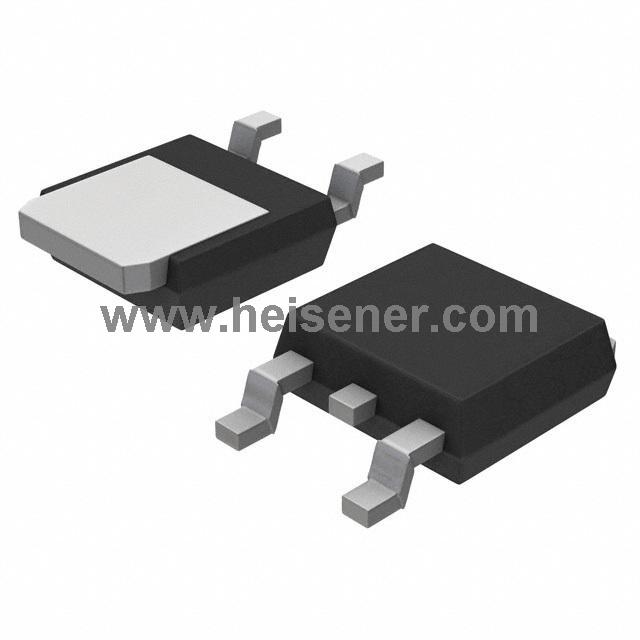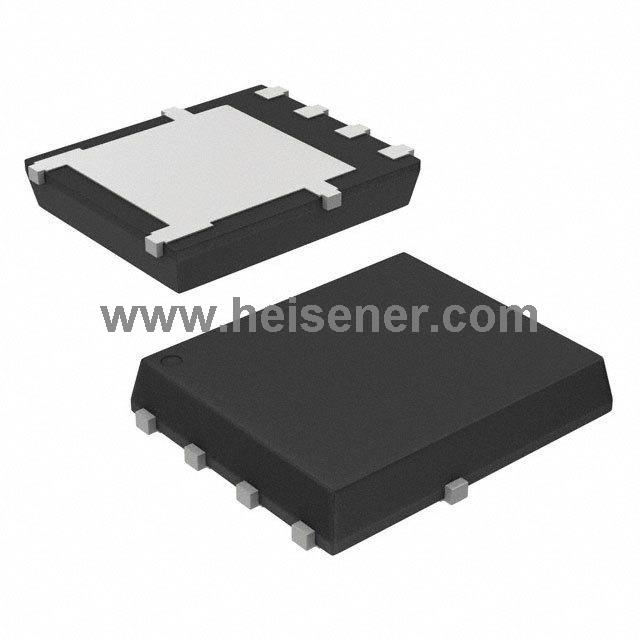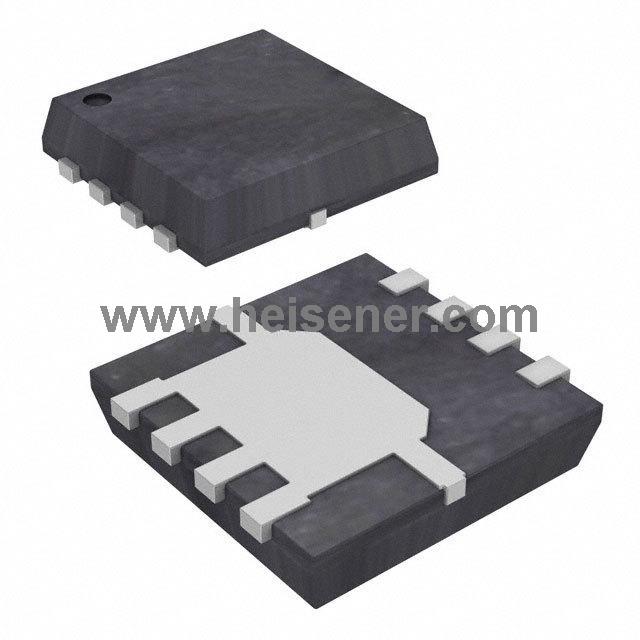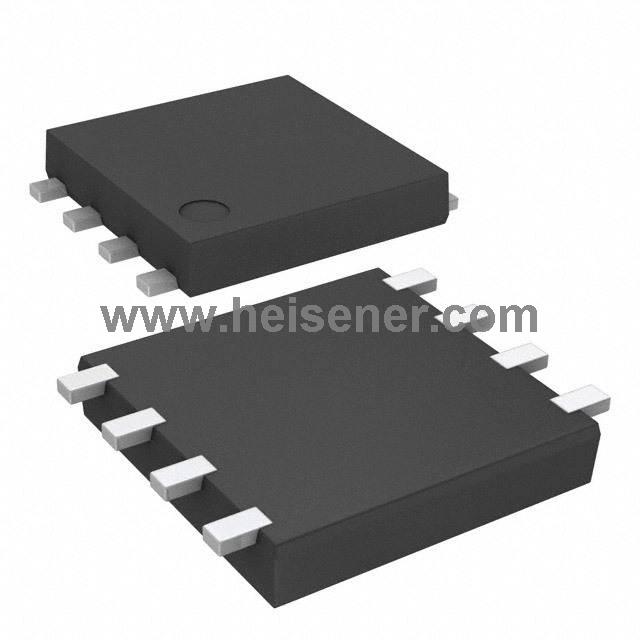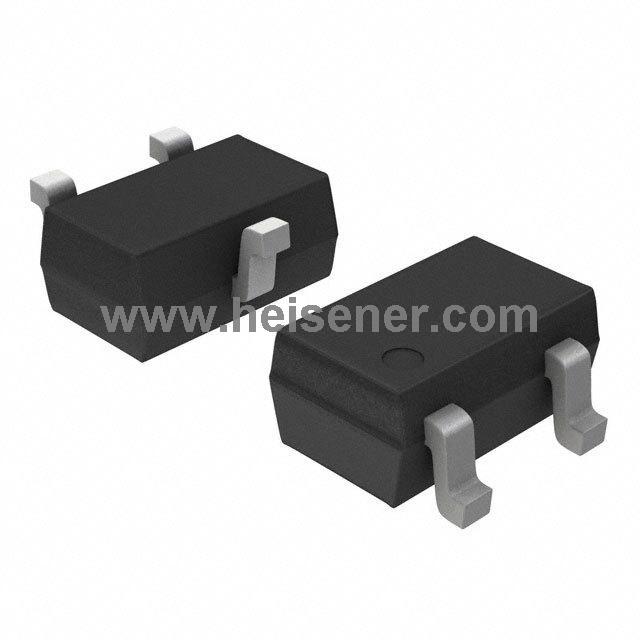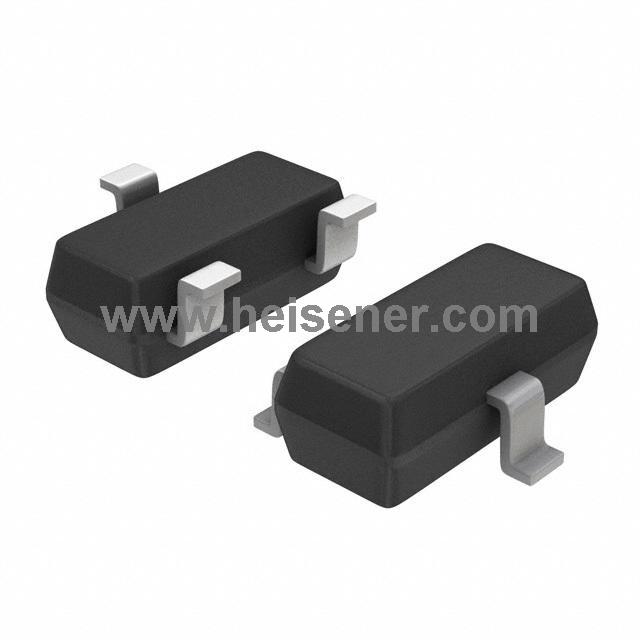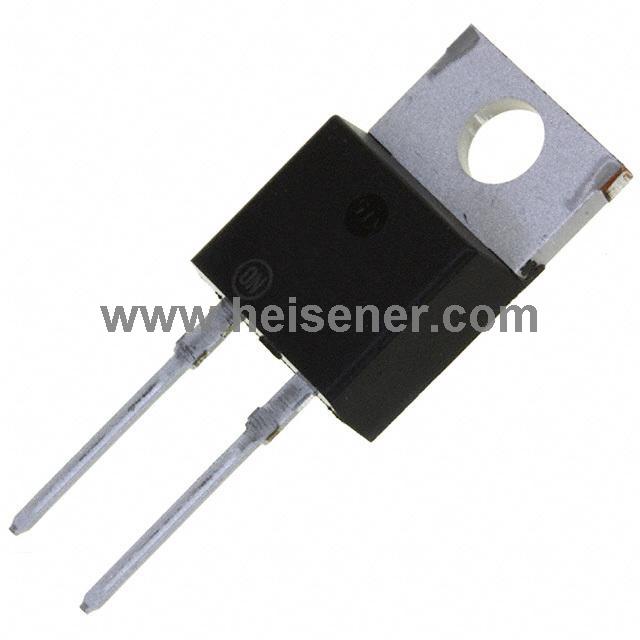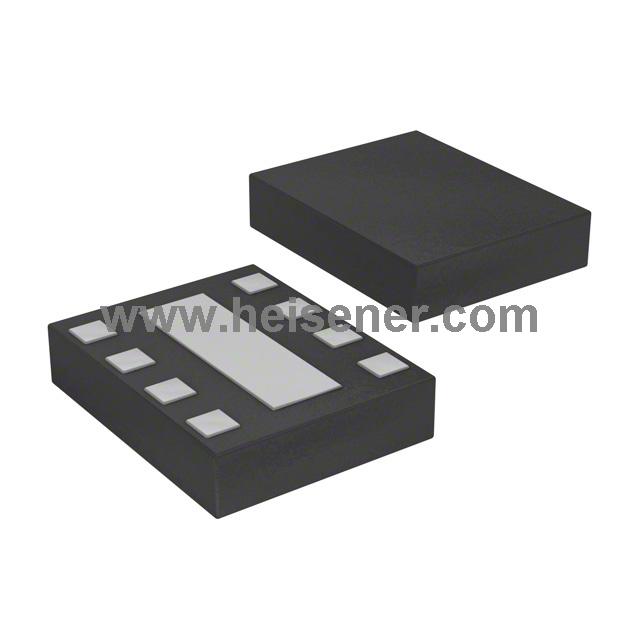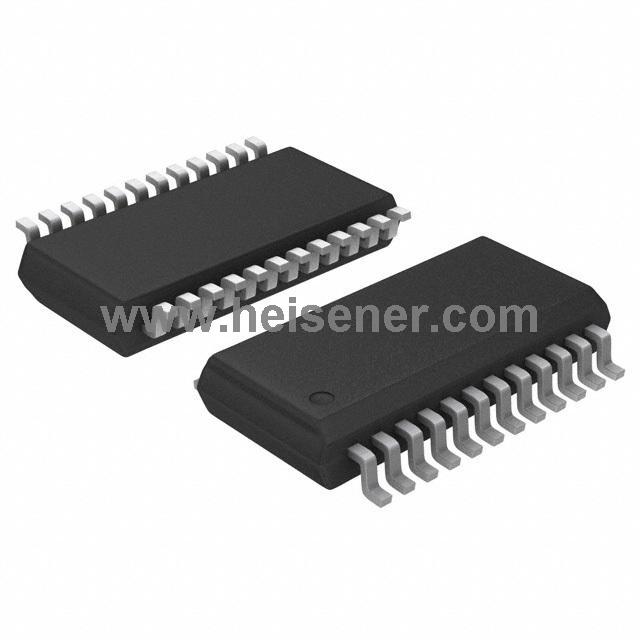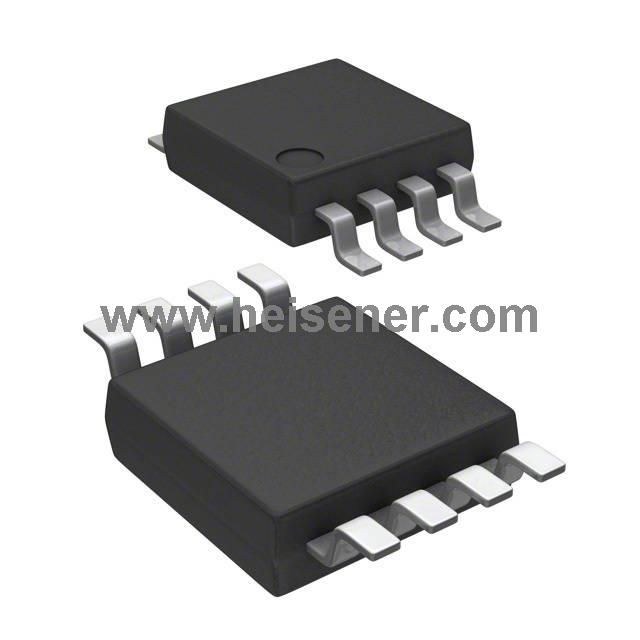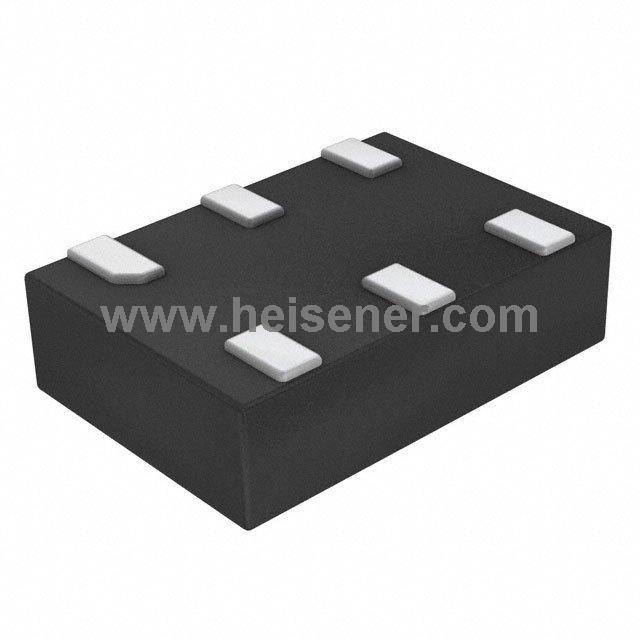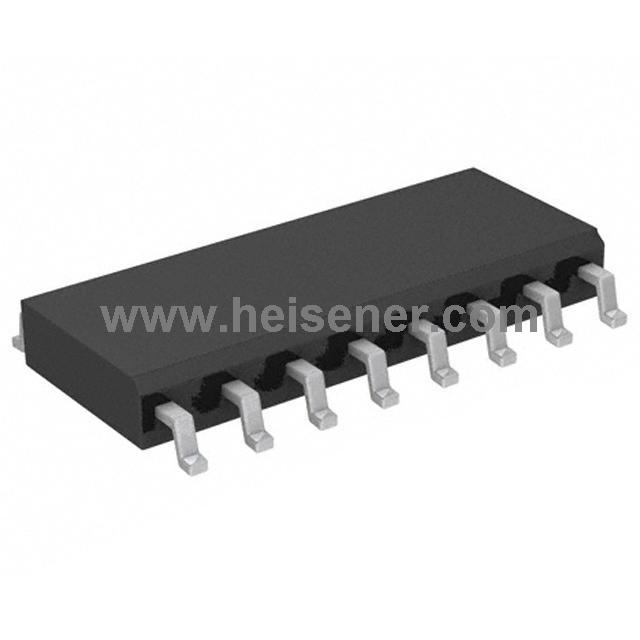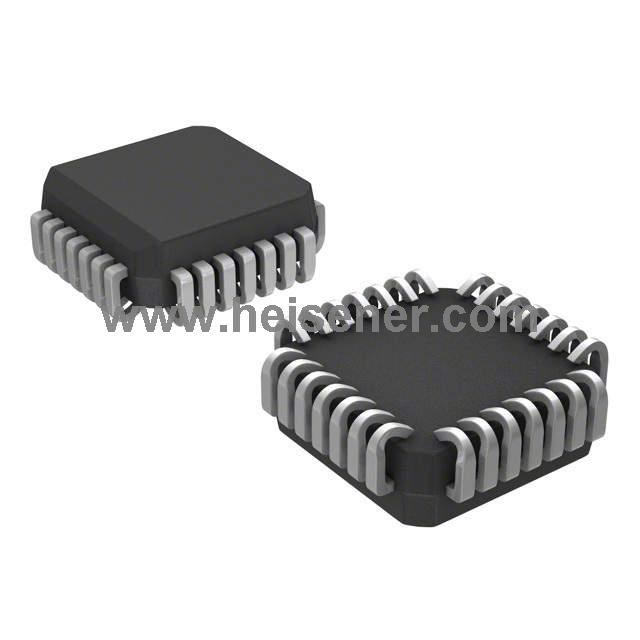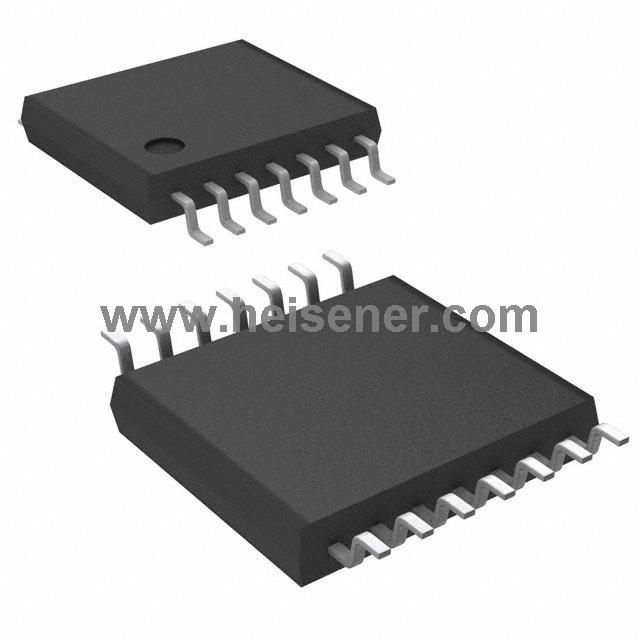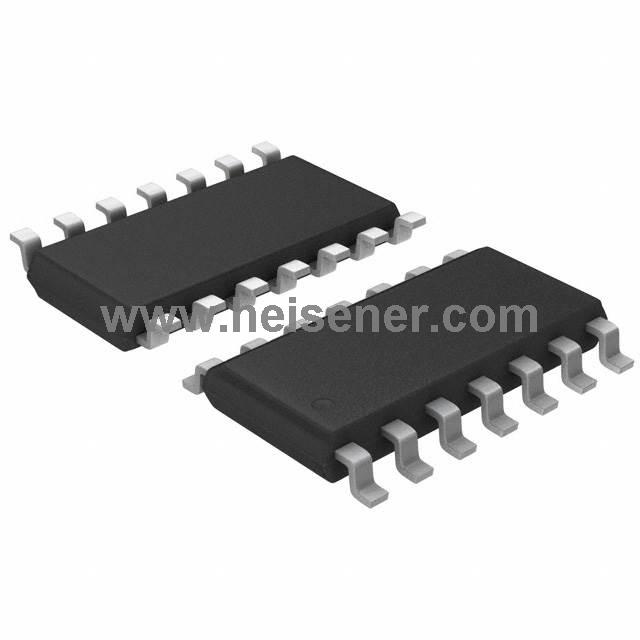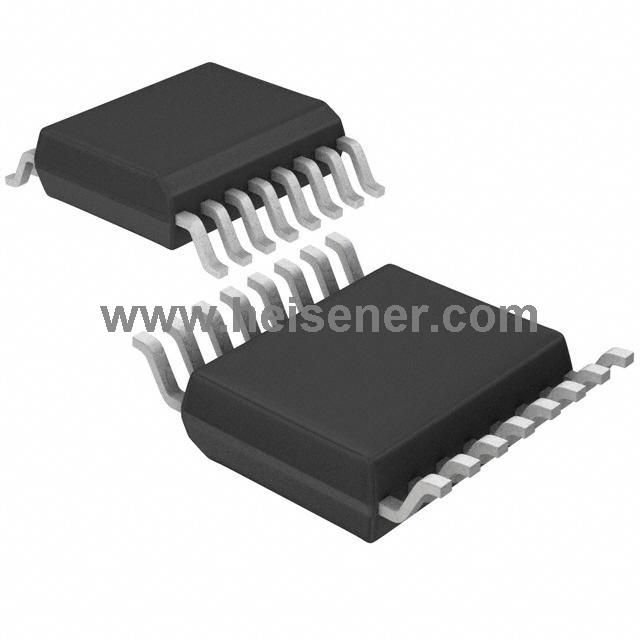
With the introduction of new CCD image sensor technology, ON Semiconductor has set a new benchmark for low-light imaging in the industrial market.
This new technology combines its proprietary industry-leading Interline Transfer (IT) CCD pixel design with a newly developed electronic multiplication (EM) output structure, enabling image sensor solutions to provide sub-electronic noise performance and CCD-level graphics Image quality and uniformity for outstanding image quality. Low light imaging.
The KAE-02150 image sensor is the first device in this new technology to capture 1080p (1920 x 1080) video in scenes with widely varying lighting conditions, from sunlight to starlight, from highlights to shadows. Greatly expanded. Single camera imaging system. This is especially useful for low-light applications such as surveillance, defense / military, scientific and medical imaging, and intelligent transportation systems.
"As the first device to take advantage of our new Interline Transfer EMCCD technology, the KAE-02150 image sensor provides a revolutionary solution for the industry," said Chris McNiffe, vice president of ON Semiconductor's image sensor business unit. The outstanding image quality and homogeneity of the extended to extreme low light conditions, customers in the industrial market can now achieve higher levels of performance in the most challenging imaging conditions. This clearly demonstrates ON Semiconductor's unique ability to bring the most advanced imaging solutions to our customers with its extensive imaging technology foundation. "
KAE-02150 deployed innovative output circuit design, by allowing a pixel by pixel in the same image using a conventional CCD (low gain) or EMCCD (high gain) output, thereby realizing a high dynamic range imaging. Measurements from each individual The charge of a pixel and comparing the signal level with a user-selectable threshold in the camera system to determine the routing position of each charge packet. Pixels in very dark areas of the scene can be selectively routed to the EMCCD output And the pixels from the bright area of ??the image (usually saturating the EMCCD register and distorting the image) are routed to the conventional CCD output amplifier. Using this switchable gain function in this scene, the signals from the two outputs can be re- combination,
The new KAE series is based on the reliable performance of the TRUESENSE 5.5 micron IT-CCD platform. With global shutter, excellent image uniformity and high modulation transfer function (MTF), this IT-CCD platform is now widely used in 1 to 29 megapixel device portfolios. The KAE series is expected to expand in the future to include other optical formats, resolutions and pixel sizes. The KAE-02150 image sensor is sampling now and will be available in monochrome and Bayer color configurations. The company said that an evaluation kit including hardware and software will also be available at the end of 2014, allowing users to characterize the performance of this new device based on their specific application.
 0
0












 Login/Register
Login/Register
 BOM
BOM
 Cart
Cart


